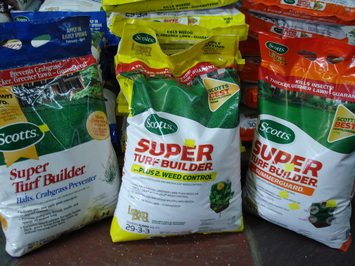Plant-assisted remediation of nitrogen fertilizer contaminated soil and groundwater at an industrial plant site
HOME

Source: roccofischettinursery.com
Nitrogen fertilizer is one of the most effective tools for increasing crop yields, and its use on a global basis increased fivefold from 1960 to 1990 (World Resources 1999). However, nitrate not taken up by plants is easily washed through soil by precipitation or irrigation water, making nitrate contamination a widespread problem where nitrogen fertilizers are present with any frequency.
Historical dumping of fertilizer fines consisting of high concentrations of ammonium and nitrate at a fertilizer plant near Redwater, Alberta has resulted in significant contamination of soil and groundwater in the area.
A growth chamber experiment was set up to investigate the feasibility of plant-assisted remediation in the removal of excess nitrogen from fertilizer contaminated soil at an industrial plant site. The removal of nitrogen from contaminated soil by four plant types over an average growing season is examined. Analysis of ammonium nitrate contaminated soil following one growing season indicates that Okanese poplar and Saltlander grass are the vegetation types most suitable for use in remediation of soils containing up to 4000 ppm of contaminant.
Historical dumping of fertilizer fines consisting of high concentrations of ammonium and nitrate at a fertilizer plant near Redwater, Alberta has resulted in significant contamination of soil and groundwater in the area.
A growth chamber experiment was set up to investigate the feasibility of plant-assisted remediation in the removal of excess nitrogen from fertilizer contaminated soil at an industrial plant site. The removal of nitrogen from contaminated soil by four plant types over an average growing season is examined. Analysis of ammonium nitrate contaminated soil following one growing season indicates that Okanese poplar and Saltlander grass are the vegetation types most suitable for use in remediation of soils containing up to 4000 ppm of contaminant.
Contact Information:
Kelly Kneteman
MSc Candidate - Soil Science
University of Alberta
[email protected]
Kelly Kneteman
MSc Candidate - Soil Science
University of Alberta
[email protected]
Disclaimer:
This is a fictional project created as a learning tool for the University of Alberta. All data sets, events and parameters have been manipulated or randomly generated. Please do not replicate.
This is a fictional project created as a learning tool for the University of Alberta. All data sets, events and parameters have been manipulated or randomly generated. Please do not replicate.
